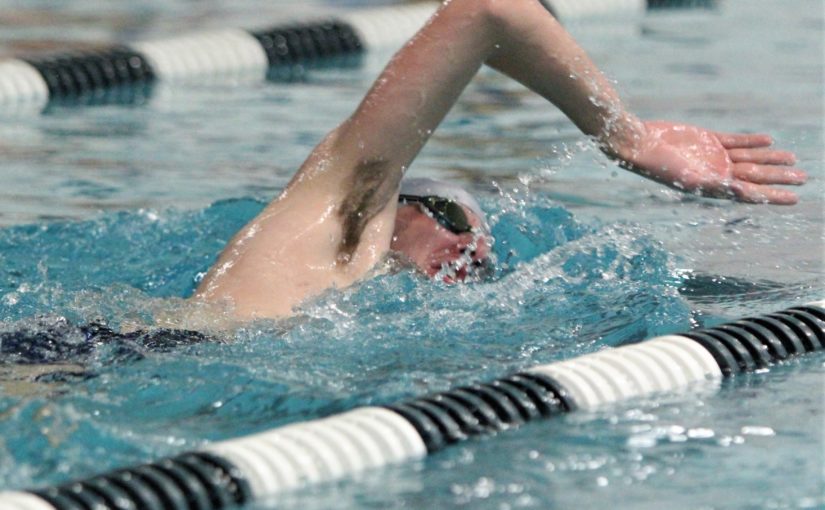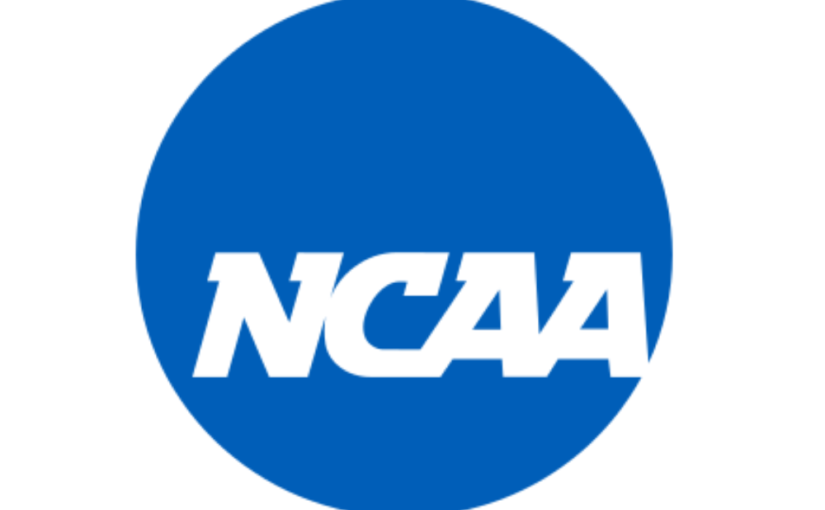Get your gyms and fieldhouses into back-to-school shape
Students are returning to school. Are your indoor facilities ready?
If the answer was a resounding “maybe,” it’s time to get to work – with no maybes. Indoor facilities, according to the professionals who manufacture and install them, are great at handling a variety of uses. Unfortunately, they can’t get along without an assist from the maintenance crew.
The first step, says Rob Zehnder of Lord of Wood LLC, is to make sure you’re using the right products when it comes to cleaning floors. Education, he notes, is half the battle. Keep an open dialogue with those who know your system and you’ll always get good advice. “Consult with your finish manufacturer’s website or your gym floor contractor, as they can do a deep cleaning or give you suggestions on products to use that don’t void your warranty,” says Zehnder. “You need to plan for this every year or biannually. Cleaning frequency depends on the gym’s use.”
“Consult with your finish manufacturer’s website or your gym floor contractor, as they can do a deep cleaning or give you suggestions on products to use that don’t void your warranty,” says Zehnder. “You need to plan for this every year or biannually. Cleaning frequency depends on the gym’s use.”
There are horror stories in the gym space of school, park, and club cleaning crews who unknowingly caused havoc by using improper treatments to clean floors. Floor wax creates multiple problems, as do petroleum- or bleach-based cleaners. Wood furniture cleaning and shining products like Pledge can make gym floors as slippery as ice rinks. Ammonia-based cleaners or oil soaps can dull the finish, affect the ability to recoat later, and change the slip coefficient, affecting the playability of the surface.
“You can remove tough stains and spills without dulling the finish of your wood floor but it’s important to know what you can and can’t use,” says Zehnder. “Know before you go.”
The same directive applies to auto-scrubbers: Check with the flooring manufacturer or floor installer before you use one. If such use is approved, ask about the appropriate compounds to use, and any settings recommended.
Try to prevent dirt and grit from entering the facility in the first place by putting down mats near all entrances. Ideally, these should be situated just outside the doors to the gym so that spectators and athletes need to walk across them before setting foot on the hardwood floor.
If mats are ever used on the gym floor itself for any reason, make sure they are made for gym-specific use, since rubber-backed or non-ventilated floor mats or rugs can cause damage to the floor.
Keeping the surface as clean as possible is the best defense against problems. John Praters of Praters Flooring endorses dust-mopping the entire floor at least once a day, though some professionals recommend more, depending on the amount of use a gym gets. Dust mopping will remove grit and debris before it gets ground into the surface.
The mop should not be treated with any cleaning substance and it should be kept solely for cleaning the gym; it should not be used in hallways, restrooms, or any other areas. If you are responsible for more than one gym or fieldhouse, each should have, at a minimum, one mop dedicated to that space.
“Treat the dust mop once per week and launder the mop head when soil and residue buildups occur,” adds Praters.
While most gyms have rules about wearing non-marking shoes, it is often only school-sponsored team members who follow these; those using the gym for intramural or club sports may be wearing running shoes or other footwear that leaves marks. To remove the black marks left on the surface by shoes, rub the marks with a tennis ball attached to a pole or broom handle (slit the ball and press onto the handle) until the mark is gone. (Sitting on the floor and using a dry towel is also effective.)
More indoor areas are hosting a variety of sports—and as use proliferates, the appropriate playing lines may not always be present on the gym floor. Do not allow user groups to put down any kind of tape (this includes painting tape and masking tape, by the way) to delineate playing areas.
“There is a high risk of delaminating the finish from the floor when removing the tape,” notes Zehnder, “so use it at your own risk.” (Important to know: Warranties can be negatively impacted by this kind of use.)
If the gym will be used to host events other than sports, make sure the surface is fully protected, notes Zehnder. Cover chairs and table legs with flooring protectors to avoid permanent marks and scratches. Many gyms also have mats that are used to create a barrier against damage.
Heavy loads, particularly if they are allowed to stay in one place too long, can create indentations in the surface. Additionally, be careful when moving heavy objects across the floor; cover the floor with sheets of plywood or Masonite to avoid scuffing or damage to the subfloor system.
» ALSO SEE: How SDSU Football develops championship-caliber players
In general, maintenance is the key to longevity with gym floors.
“Love your floors, and they will love you back for a long time,” says Zehnder.
One resource that could be useful for those working to maximize the use of their fields is the publication, Courts & Recreational Surfaces: Construction and Maintenance Manual. The book is published by the American Sports Builders Association and can be ordered in either hard copy or PDF format by going to the website, sportsbuilders.org and from the top blue toolbar, selecting “Resources,” then “Publications” from the drop-down menu.





